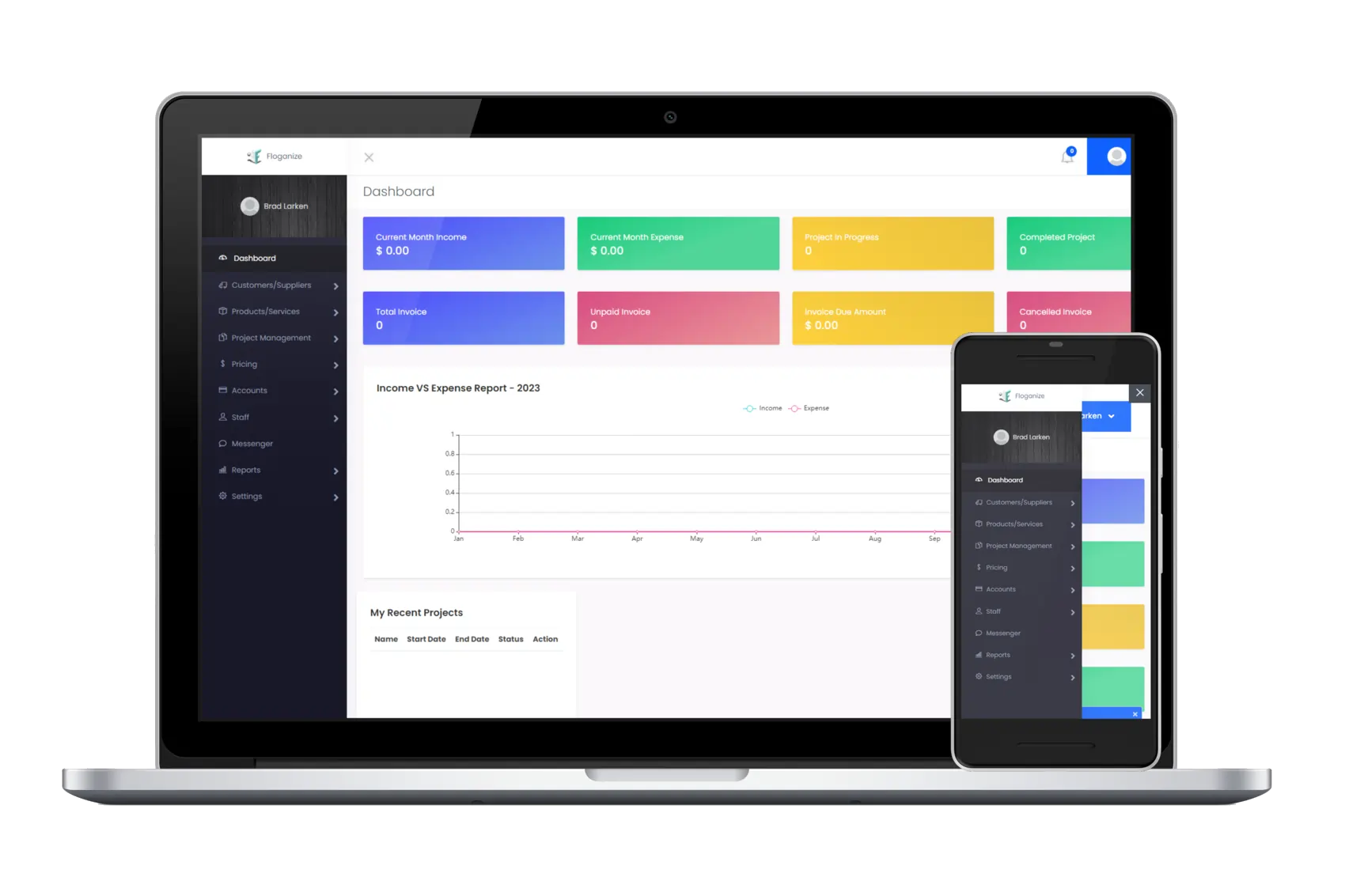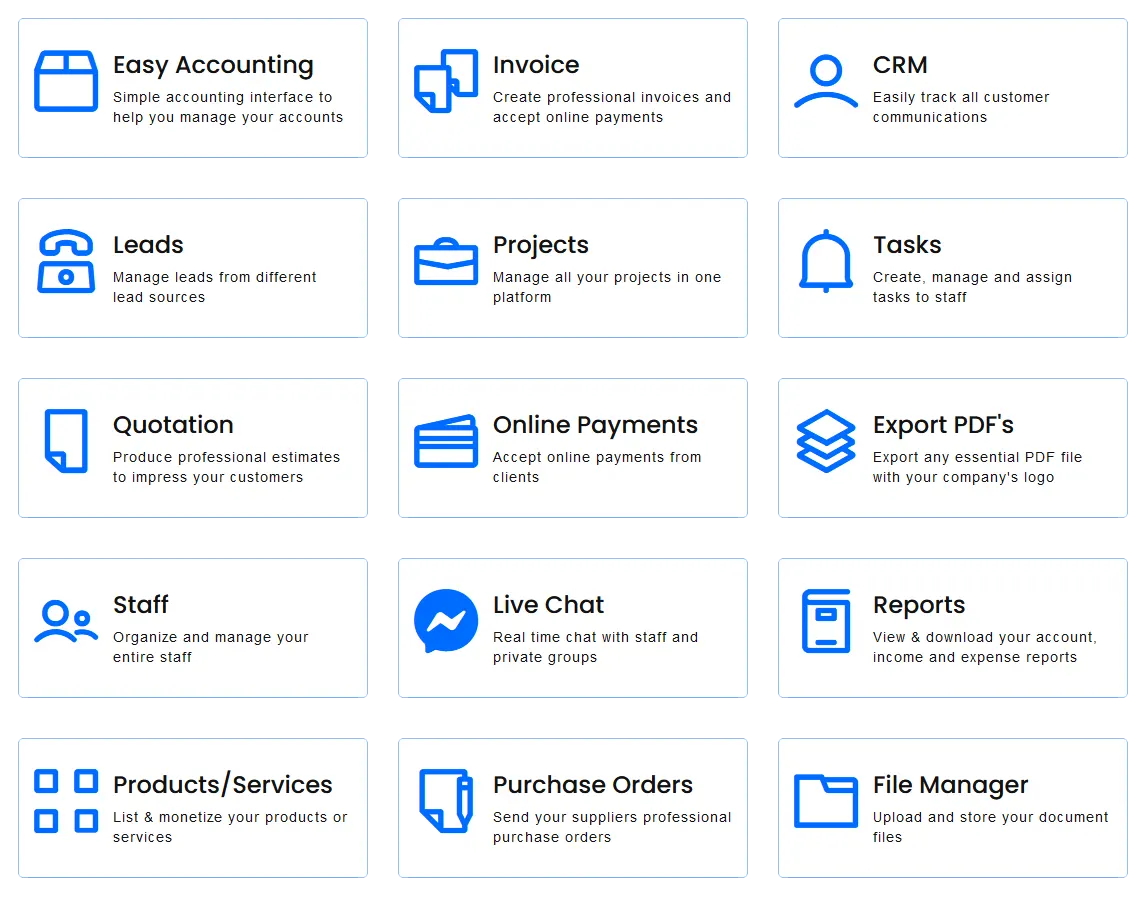Streamlining Success: Best Practices of Project Management
What Are the Best Practices of Project Management?

Project management is the process of planning, executing, and closing a project to achieve specific goals and meet specific success criteria. The following are some of the best practices of project management that help ensure that a project is completed efficiently, effectively, and to the satisfaction of all stakeholders:
1. Define clear goals and objectives
2. Create a detailed project plan
3. Assemble a strong and capable team
4. Communicate effectively with all stakeholders
5. Monitor progress regularly and adjust plans as needed
6. Assign clear roles and responsibilities
7. Manage risk effectively
8. Stay within budget and on schedule
9. Continuously seek feedback and improvement
10. Celebrate successes and learn from failures
1. Define clear goals and objectives
Defining clear goals and objectives is the foundation of a successful project. It involves identifying the desired outcome and setting specific, measurable, achievable, relevant, and time-bound (SMART) targets that will help achieve that outcome. This helps ensure that everyone involved in the project has a shared understanding of what needs to be achieved and what success looks like.
2. Create a detailed project plan
Creating a detailed project plan involves breaking down the project into smaller, manageable tasks and defining the timeline, resources, and budget required to complete each task. This helps ensure that everyone involved in the project has a clear understanding of what needs to be done, when it needs to be done, and how it will be done. A good project plan should include:
1. A project timeline
2. A list of tasks and milestones
3. Resource allocation
4. Budget and cost estimates
5. Risk management plan
6. Communication plan
7. Quality control plan
A detailed project plan helps keep the project on track, ensures that resources are used efficiently, and reduces the risk of unexpected problems or delays.
3. Assemble a strong and capable team
Assembling a strong and capable team is essential to the success of a project. A team with the right skills, knowledge, and experience can work together effectively to achieve the project goals and overcome any challenges along the way. Consider the following when assembling a strong and capable team:
1. Identify the skills and knowledge required for the project
2. Assess the strengths and weaknesses of potential team members
3. Ensure a diverse range of perspectives and skills
4. Encourage open communication and collaboration
5. Foster a positive and supportive work environment
6. Provide training and support as needed
Having a strong and capable team helps ensure that the project is completed efficiently and effectively, and that the end result meets the needs of all stakeholders.
4. Communicate effectively with all stakeholders
Effective communication is key to the success of any project. It helps ensure that everyone involved has a clear understanding of the project goals, plans, and progress, and that any issues or concerns are addressed promptly. In order to communicate effectively with all stakeholders, consider the following:
1. Identify all stakeholders and their needs and expectations
2. Establish clear channels of communication
3. Provide regular updates on project progress
4. Encourage open and honest feedback
5. Address any concerns or issues in a timely manner
6. Foster a culture of transparency and trust
Effective communication helps build trust, alignment, and understanding among all stakeholders, and helps ensure that the project is completed efficiently and effectively.
5. Monitor progress regularly and adjust plans as needed

Monitoring progress regularly and adjusting plans as needed is important for ensuring that a project stays on track and meets its goals and objectives. Regular monitoring helps identify any deviations from the plan, allowing project managers to take corrective actions before problems become larger and more difficult to resolve. Follow these steps to monitor progress and adjust plans as necessary:
1. Establish clear performance metrics
2. Regularly review project data and progress
3. Assess and mitigate risks
4. Identify and address any issues or challenges
5. Make adjustments to the project plan as needed
6. Communicate changes to all stakeholders
Regularly monitoring progress and adjusting plans as needed helps ensure that the project stays on track, stays within budget, and meets the needs of all stakeholders.
6. Assign clear roles and responsibilities
Assigning clear roles and responsibilities is essential for ensuring that a project is completed efficiently and effectively. It helps ensure that everyone involved knows what is expected of them and what they are accountable for. Here are some suggestions for assigning clear roles and responsibilities:
1. Identify the tasks and responsibilities required for the project
2. Assign tasks to team members based on their skills and expertise
3. Clarify the reporting structure
4. Define decision-making authority
5. Ensure that roles and responsibilities are clearly documented
6. Regularly review and update roles and responsibilities as needed
Assigning clear roles and responsibilities helps ensure that everyone involved in the project understands their role and how it contributes to the overall success of the project. It also helps reduce confusion, duplicated efforts, and the risk of missed deadlines.
7. Manage risk effectively
Risk management is the process of identifying, assessing, and prioritizing risks and developing strategies to manage them. Effective risk management is essential to the success of a project as it helps ensure that unexpected events or problems do not derail progress and compromise the final outcome. Take the following factors into consideration when managing risk:
1. Identify potential risks
2. Assess the likelihood and impact of each risk
3. Prioritize risks based on likelihood and impact
4. Develop strategies to mitigate or avoid each risk
5. Continuously monitor and review risks
6. Update risk management plans as needed
Effective risk management helps ensure that the project stays on track, stays within budget, and meets the needs of all stakeholders. It also helps build resilience and flexibility into the project, so that it can withstand unexpected events or problems.
8. Stay within budget and on schedule
Staying within budget and on schedule is crucial for ensuring the success of a project. A project that is over budget or behind schedule can compromise the final outcome, damage relationships with stakeholders, and reduce confidence in the project team. Take into account the following to stay on schedule and within budget:
1. Establish a detailed project plan and budget
2. Regularly monitor and review project progress
3. Adjust plans and resources as needed
4. Prioritize tasks based on their impact on budget and schedule
5. Minimize scope creep and changes to the project plan
6. Communicate regularly with all stakeholders
Staying within budget and on schedule helps ensure that the project is completed efficiently and effectively, and that the end result meets the needs of all stakeholders. It also helps build credibility and trust in the project team and the project management process.
9. Continuously seek feedback and improvement
Continuously seeking feedback and improvement is important for ensuring that a project continues to evolve and meet the changing needs of all stakeholders. It helps ensure that the project stays relevant and that the final outcome is of the highest quality. Consider the following to continually seek feedback and improvement:
1. Encourage open and honest feedback from all stakeholders
2. Regularly review project performance and outcomes
3. Identify areas for improvement and implement changes
4. Continuously gather and analyze data
5. Foster a culture of continuous learning and improvement
6. Encourage innovation and experimentation
Continuously seeking feedback and improvement helps ensure that the project stays relevant, meets the needs of all stakeholders, and delivers the best possible outcomes. It also helps build a culture of continuous improvement, innovation, and learning, which can benefit future projects.
10. Celebrate successes and learn from failures
Celebrating successes and learning from failures are important for building a positive and productive project culture, and for ensuring that the team continues to improve and deliver better results over time. To celebrate successes and learn from failures, consider the following:
1. Recognize and celebrate the achievements of the project team
2. Analyze both successes and failures to identify what worked and what didn’t
3. Share lessons learned with all stakeholders
4. Use failures as opportunities for growth and improvement
5. Foster a culture of learning and continuous improvement
6. Encourage transparency and open communication
Celebrating successes and learning from failures helps build a positive and productive project culture, where team members feel valued and motivated, and where the team continues to improve and deliver better results over time. It also helps build trust, credibility, and transparency, which can benefit future projects.
Best Practices of Project Management Summary

The best practices of project management involve defining clear goals and objectives, creating a detailed project plan, assembling a strong and capable team, communicating effectively with stakeholders, monitoring progress and adjusting plans as needed, assigning clear roles and responsibilities, managing risk effectively, staying within budget and on schedule, continuously seeking feedback and improvement, and celebrating successes and learning from failures.
Adhering to these best practices helps ensure that a project is completed efficiently, effectively, and to the satisfaction of all stakeholders, and helps build a culture of continuous improvement and learning.
Floganize – The All-In-One Business Management Software
If you want to learn about our powerful business management software, then please click here to view the Floganize tutorials educational page. You can sign up today for a free 14-day trial! Simply click here and enjoy all of the powerful features that will simplify your daily business tasks!


